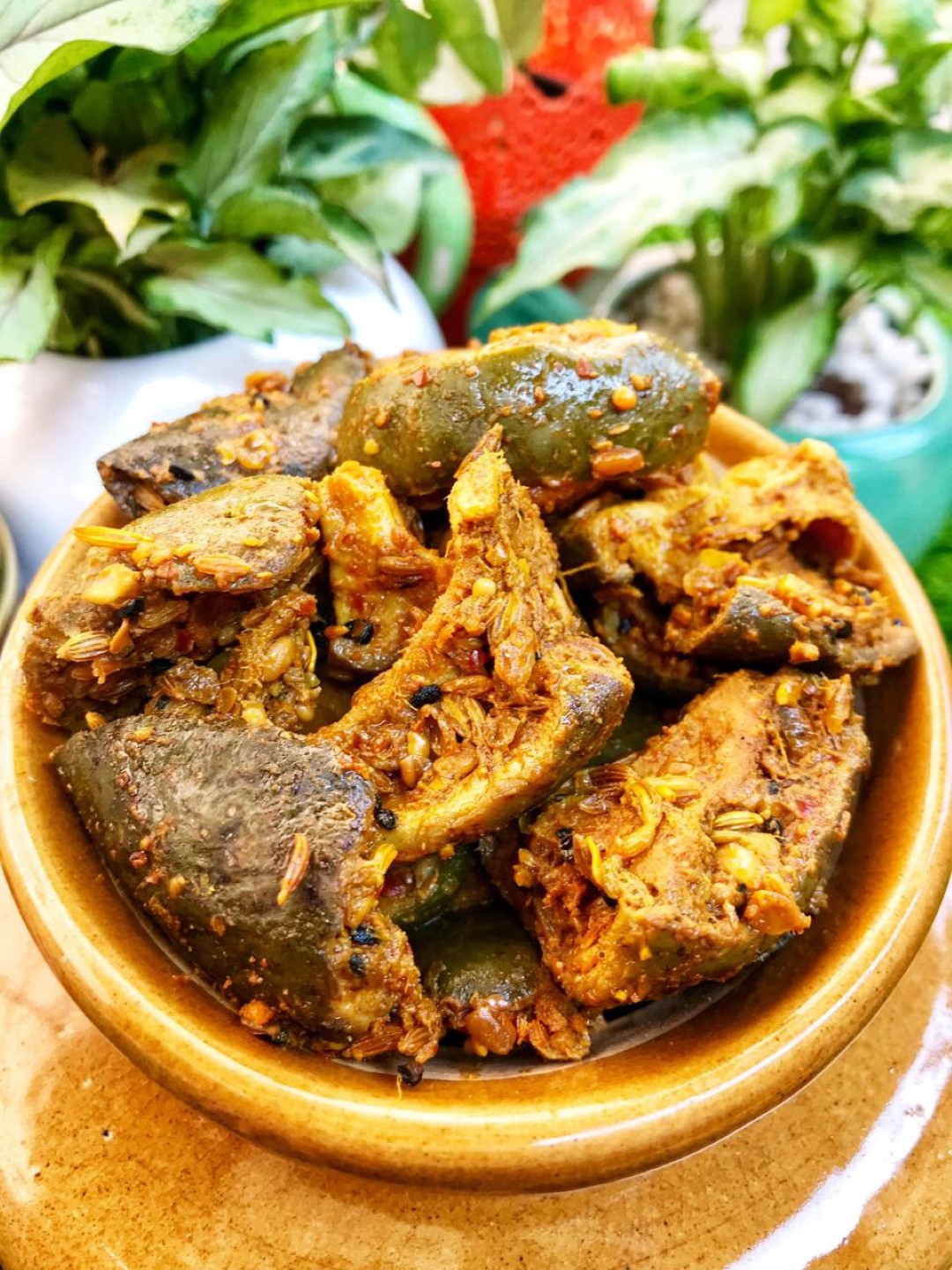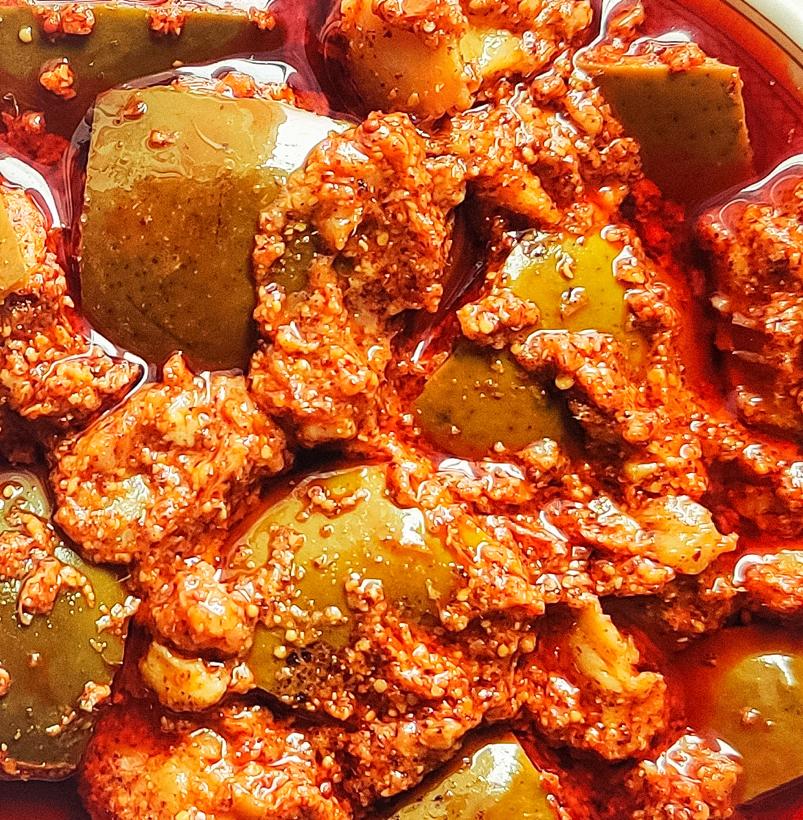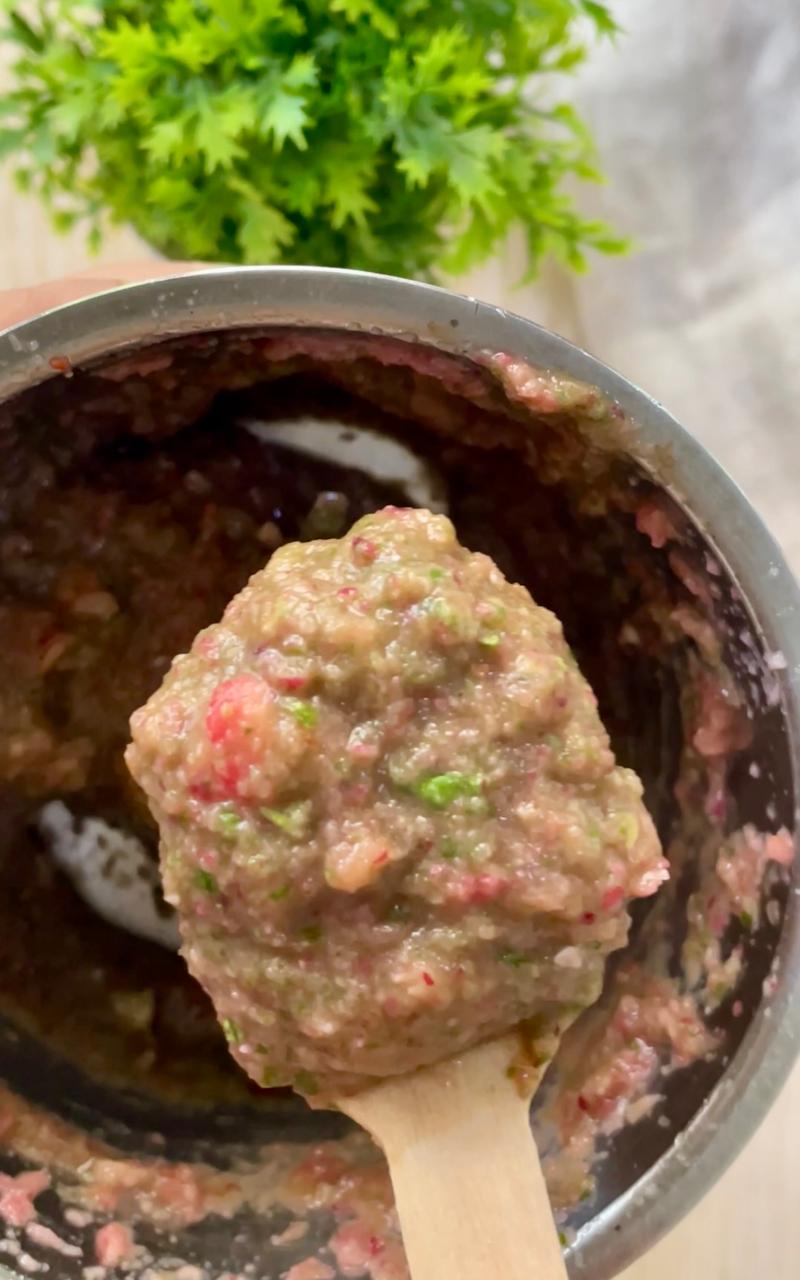
Karonda, also known as Carissa carandas, is a small, tart fruit native to India. Predominantly consumed in the northern regions, especially in Uttar Pradesh, Bihar, Jharkhand and Rajasthan, karonda is cherished for its unique flavor and numerous health benefits. This fruit is a powerhouse of vitamin C, antioxidants, and iron, making it an excellent addition to your diet. Including seasonal fruits and vegetables like karonda ensures that you are consuming the freshest and most nutrient-dense produce available. Seasonal produce is not only more flavorful but also more sustainable and eco-friendly. Incorporate karonda into your meals with this tangy and flavorful chutney recipe, and enjoy the goodness of this amazing fruit while supporting your health and the environment.
Ingredients:
1 cup Karonda (Indian cranberries)
1/2 cup Coriander leaves (cilantro), chopped
2-3 Green chilies, chopped
3-4 Garlic cloves
Salt to taste
Instructions:
Wash the Karonda thoroughly under running water to remove any dirt or impurities. Pat them dry using a clean kitchen towel or paper towels.
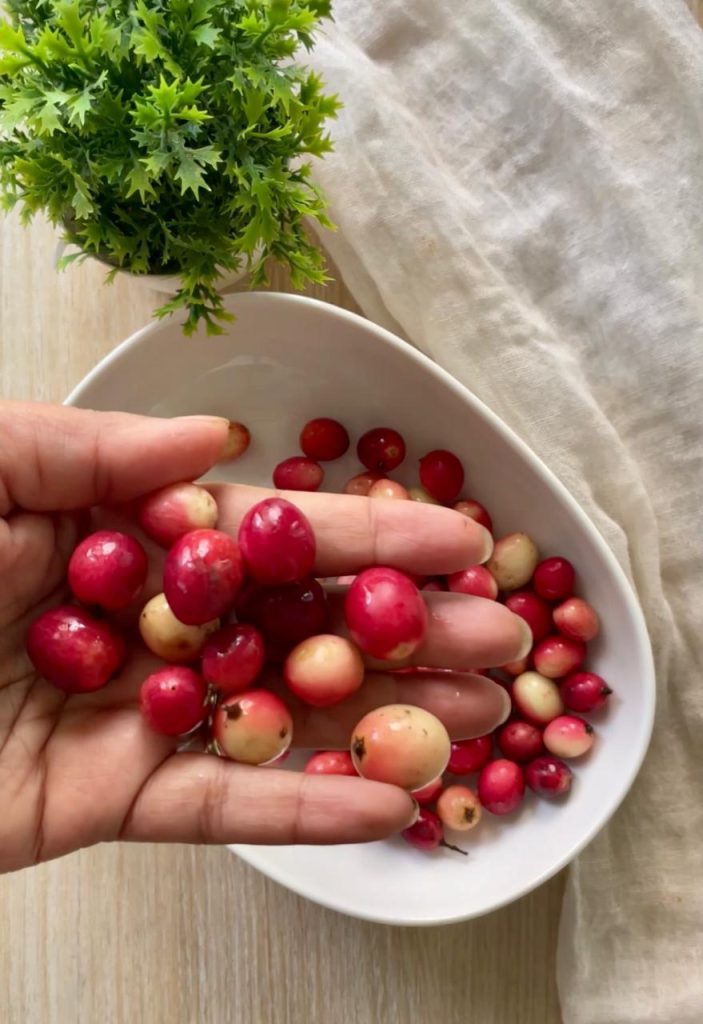
Take a blender or food processor and add the Karonda, chopped coriander leaves, green chilies, garlic cloves, and salt.
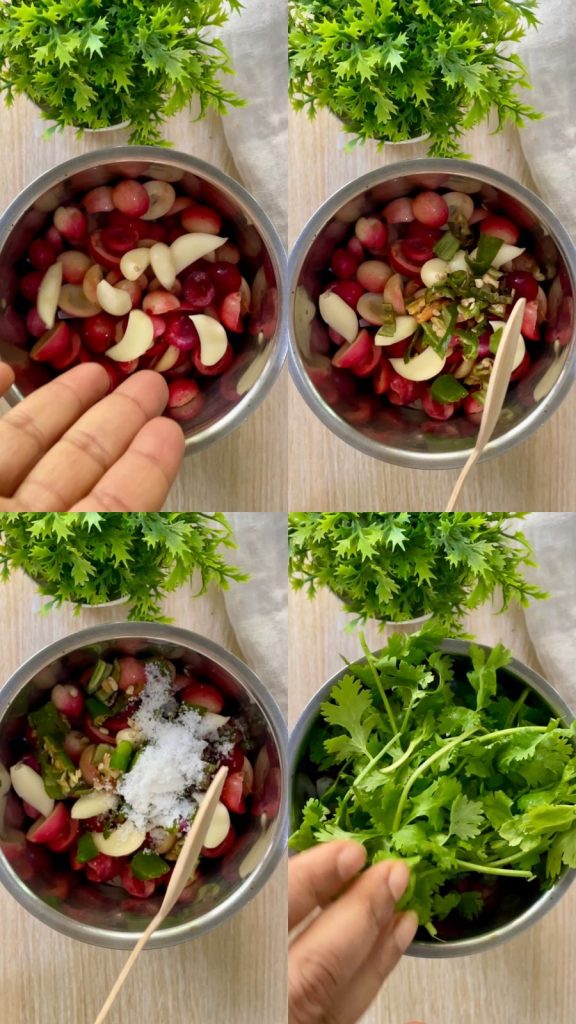
Blend all the ingredients together until you obtain a smooth paste. You may need to scrape down the sides of the blender or food processor a few times to ensure that everything is well incorporated.
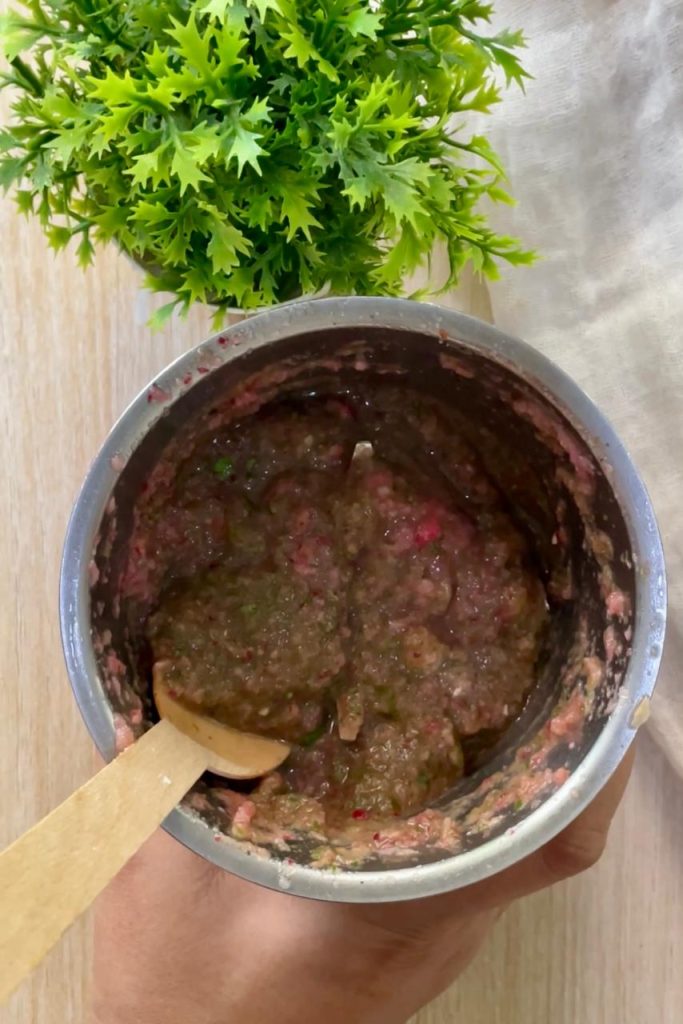
Taste the chutney and adjust the seasoning as per your preference. If you find it too tangy, you can add a pinch of sugar to balance the flavors.
Once the chutney reaches the desired consistency and taste, transfer it to a clean, airtight jar or container. The Karonde ki Chutney is now ready to be served as a side dish. It pairs well with various Indian snacks, such as samosas, pakoras, or even as a spread for sandwiches.
Store any remaining chutney in the refrigerator for up to a week. Remember to use a clean, dry spoon each time you take out the chutney to maintain its freshness. Enjoy your homemade Karonde ki Chutney with your favorite snacks or meals!
If you love trying new and exciting flavors, we also offer karonda pickle and chutney on our website. We genuinely believe you’ll love these traditional recipes as much as we do.
We hope you will enjoy making and savoring this delicious Chatpati Karonde Ki Chutney. Its unique tangy flavor will surely add a burst of flavour to your meals. Give this simple yet flavorful recipe a try and experience the goodness of karonda. We’d love to hear how it turned out for you, so please leave your comments and share any variations you might have tried. Your feedback is invaluable to us. Happy cooking!

